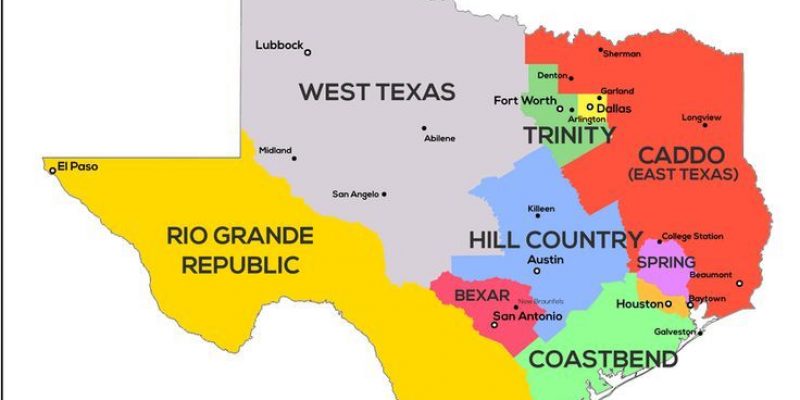According to the U.S. Census Bureau, there are roughly 400,000 more people in Texas in 2017. In just seven years, Texas’s population increased from 25 million in 2010 to 28 million in 2017. Texas remains the second most populous state in America (second to California), but is first in the nation in terms of the number of people who have moved to or been born in the state in one year, U.S. Census Bureau records indicate.
By comparison to other states, in terms of growth percentage, Idaho is the fastest growing state, with a growth rate of 2.2 percent. Texas is the seventh fastest-growing state in America, with a growth rate of 1.4 percent.
The fastest growing areas of the state are in Texas’ major cities: San Antonio, Austin, Dallas/Fort Worth, and Houston. Migration to Texas is primarily because of increased job opportunities, and a result of mass exodus from blue states.
State demographer, Lloyd Potter, told the American-Statesman that:
Growth from natural increase is most significant among Latinos, growth from immigration (international) is largely from Latin American and Asian countries (Asian immigration has been growing quickly in recent years while Latin American has slowed) and in recent years the larger-sending states for domestic migrants are California, New York, Louisiana and Illinois.
Population growth is attributed to migration but also the ratio of death to birth rates. Potter explains:
About half (52 percent) is natural (more births than deaths) increase, the other half is from net migration. For net migration, international migration accounted for almost 28 percent of the 400,000 and domestic migration (from other states) accounted for almost 20 percent.
Potter adds that the demographics changing the Texas landscape are diversifying it:
Texas will continue to diversify with more Latinos and persons of Asian descent. The African-American population will grow slightly and the non-Hispanic white population will be pretty stable until the baby boom-aged population moves into high mortality years, at which point we will likely see declines.
Effects of population growth spurn the need for increased construction of transportation routes, housing, water, power, and other pipelines and services. Not to mention the need for more working in the civil service sector, including teachers, doctors, and law enforcement. Schools generally feel the immediate brunt of population growth in the fastest growing areas.
With more people, comes more representation in government. Most likely, Texas will receive additional congressional seats. As other states lose their population numbers, they will also lose congressional seats. Texas is poised to gain more congressional seats than any other state.
Advertisement
Advertisement

